Broccoli Profile
Written by Joy
Nov 04 2020
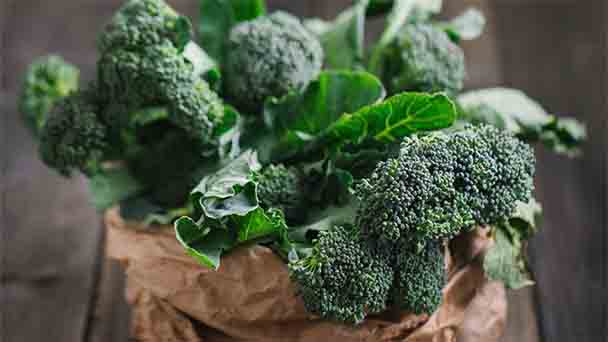
Broccoli is native to Italy and is a common vegetable. Commonly known as green cauliflower, also known as broccoli. It is a biennial herb and a variant of cabbage. The leaves of broccoli are large, and the top of the main stem forms a large flower ball, green or purple-green, the surface of the small flower buds are not densely packed, and the top of the side branch has small flower balls.
Broccoli morphological characteristicsBroccoli efficacy and roleThe nutritional value of broccoliAnticancer effects of broccoliBroccoli cultivationLightTemperatureMoistureSoil nutrients
Broccoli morphological characteristics
Broccoli, also known as broccoli, broccoli, green cauliflower, is a variety of green curd in the Brassica spp. of the cruciferous family. He originated in Italy along the Mediterranean coast of Europe and was introduced to China at the end of the 19th century.The morphology and growth habit of broccoli are similar to those of cauliflower, but they grow robustly and have strong heat and cold resistance.
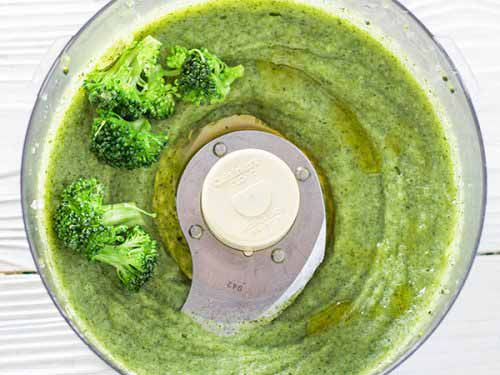
Broccoli efficacy and role
The nutritional value of broccoli
A recent study in Japan concluded that the average nutritional value and disease prevention effect of broccoli far exceeds that of other vegetables, ranking first.The nutrients in broccoli are not only high in content but also very comprehensive, mainly including protein, carbohydrates, fat, minerals, vitamin C, and carotene. Besides, broccoli has a more comprehensive mineral composition than other vegetables. The content of calcium, phosphorus, iron, potassium, zinc, and manganese is very rich, which is much higher than that of cabbage flowers that belong to the cruciferous family.
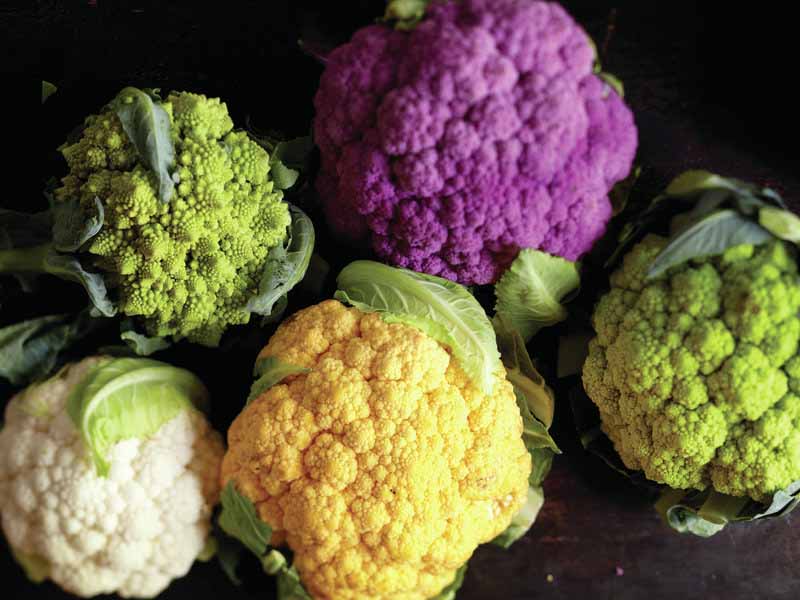
Anticancer effects of broccoli
The anti-cancer effect of broccoli is an important content of research by Western countries and Japanese scientists in recent years. On the anti-cancer vegetable rankings announced by the National Cancer Research Center of Japan, broccoli tops the list. The American Journal of Nutrition also published the research results of broccoli's ability to effectively prevent prostate cancer. The anti-cancer effect of broccoli is mainly attributed to the glucosinolate contained in it. It is said that long-term consumption can reduce the incidence of breast cancer, rectal cancer and gastric cancer.In addition to fighting cancer, broccoli is also rich in ascorbic acid, which can enhance the liver's detoxification ability and improve the body's immunity. A certain amount of flavonoids can regulate and prevent hypertension and heart disease. At the same time, broccoli is a high-fiber vegetable, which can effectively reduce the gastrointestinal absorption of glucose, thereby reducing blood sugar and effectively controlling diabetes.
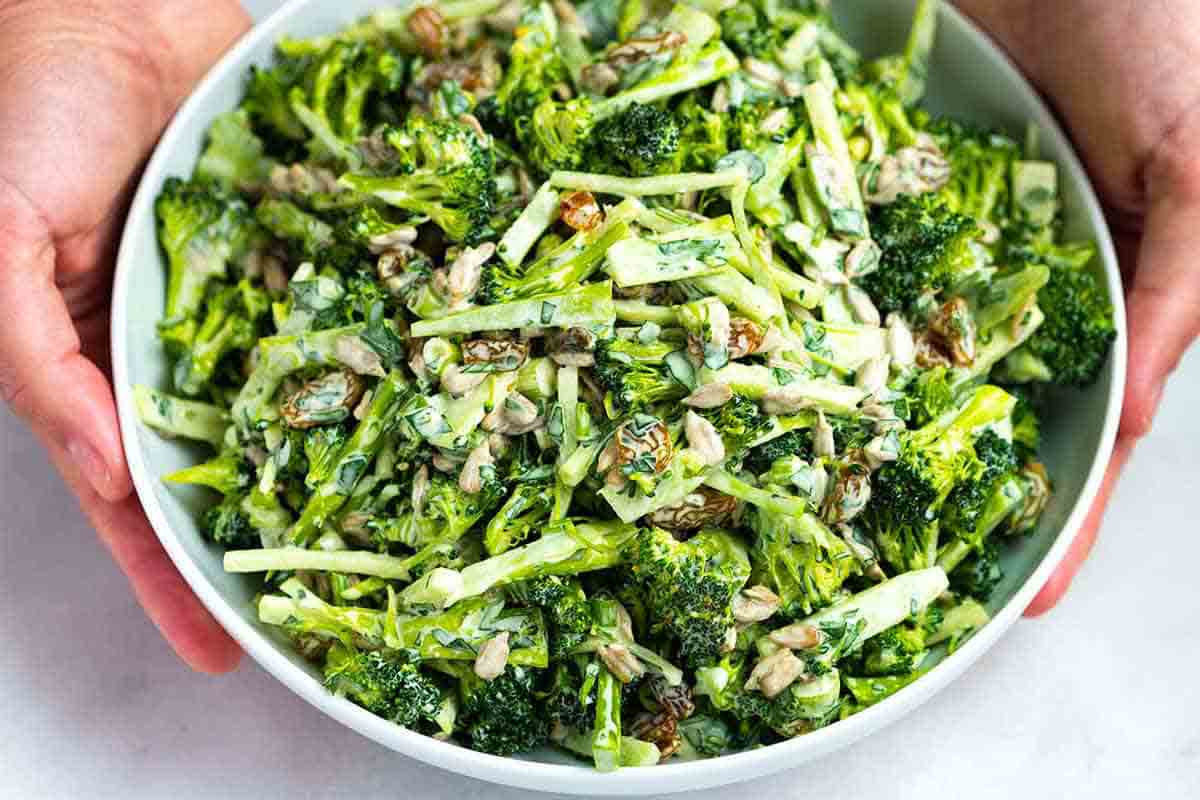
Broccoli cultivation
Light
Broccoli does not have very strict requirements for light, but it likes sufficient light during the growth process. When the light is sufficient, the plant grows vigorously and can form a powerful vegetative body, which is conducive to photosynthesis and nutrient accumulation and makes the flower bulb. It is compact and dense, with bright green color and good quality. Excessive sunlight in midsummer is not conducive to the growth and development of broccoli.Temperature
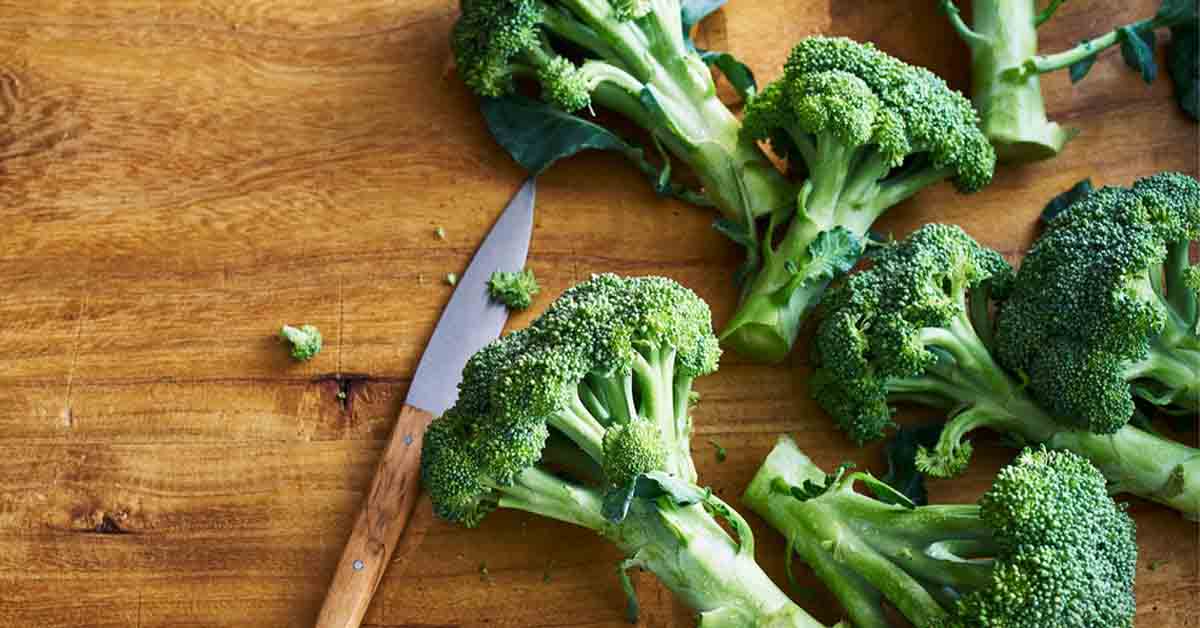
Moisture

Soil nutrients
Broccoli does not require strict soil conditions, but if it is too poor, the plant will not develop well and yield and quality will be low; while the soil is too fertile, which will lead to loose buds and hollow moss. Broccoli is suitable for planting on loam and sandy loam with good irrigation and drainage, deep arable layer, loose and fertile soil, and strong water retention and preservation. Adapt to the soil pH range of 5.5 to 8, but 6 is the best. Broccoli needs sufficient fertilizer during the whole growth process, and the ratio of N, P, K is 14:5:8. The seedling stage requires relatively more nitrogen, and the requirements for P and K are relatively increased after the flower buds begin to differentiate. Note that broccoli requires more trace elements such as boron, molybdenum, and magnesium during flower bulb development. Therefore, applying appropriate trace element foliar fertilizers before budding will significantly improve yield and quality.Latest Updated
- Benefits of Bugleweed - 7 Science-backed Health Benefits
- Bugleweed Dangers & Side Effects - Is It Poisonous?
- How to Plant Evergreen Trees - What You Should Know
- When to Plant Evergreens - Grow Guide for Evergreen Trees
- 12 Wonderful Evergreen Shrubs for Your Garden
- 12 Popular Evergreen Plants with Pictures for Beginners
- When And How To Prune A Lilac Bush Like a Pro
- How to Grow & Care for Lilac Vine (Hardenbergia Violacea)
- Japanese Lilac Tree (Syringa Reticulata) Care & Propagation Guide
- Shumard Oak Pros and Cons - What to Know
Popular Articles
- Winter maintenance of Antirrhinum Majus
- How to Grow Terminalia Mantaly Tree
- How to Grow and Care for Crossostephium Chinense
- How to grow Antirrhinum Majus in spring
- Peristeria Elata (Dove Orchid) Profile: Info & Care Guide
- Underwatered Snake Plant (Sansevieria Trifasciata) - Signs And How To Fix
- How to Care for Brazilian Jasmine Plant (Mandevilla Sanderi)
- How to Grow & Care for Graptopetalum Purple Delight in Summer
- Rosa Chinensis (China Rose): Plant Growing & Care Tips
- How to Care for Baby Sun Rose (Aptenia Cordifolia)